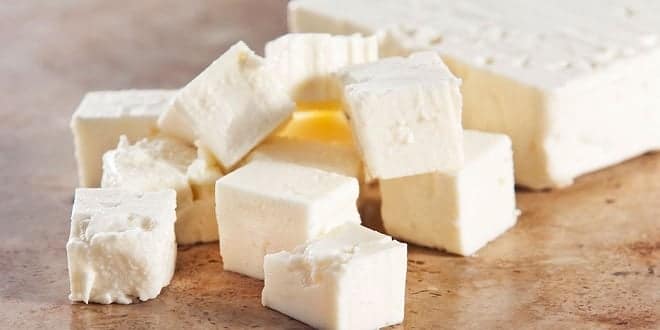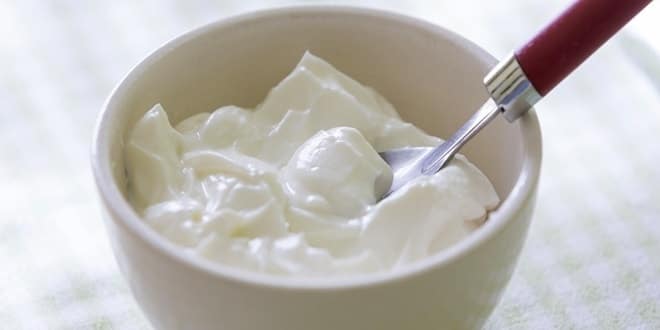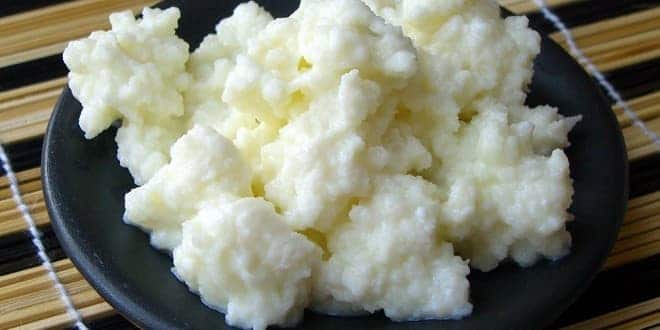Fermentasyon Teknolojisi
-

Fermentation Lab Sheets > Whey Powder ( FE 411 )
PURPOSE To search and practise usage of whey in different areas. THEORY Whey is a mixture of water and organic compounds gained from cheese. 90 kg of 100 kg milk operated as cheese consist of whey. 360.000 tone whey is obtained in our country. It is a huge waste because of dry matter and rich organic content of whey beside its amount. Before separation or performing waste treatment, leaving whey to nature causes a big organic pollution. Waste treatment is operable but, it is pretty much expensive because of high…
-

Fermentation Lab Sheets > White Cheese ( FE 411 )
PURPOSE To practice making white cheese. THEORY Cheese is a fermented milk product. Milk protein=casein is coagulated by rennet and milk sugar=lactose is fermented by cheese culture. Then whey is seperated and solid part=cheese is obtained. There are many types of cheese according to properties of milk, production technique, ripening technique and variety of starter culture. Properties of milk are important. Generally in raw milk: 1. Amount of protein (especially amount of casein) should be at a high level. 2. Fat and dry matter ratios should be at normal levels.…
-

Fermentation Lab Sheets > Wine ( FE 411 )
PURPOSE To familiarize students with the basic procedures of successful wine making and to measure several parameters that changes during the fermentations. THEORY Wine is an alcoholic beverage fermented from fruits, especially from red or white grapes. Wine has a history dating 6000 BC originated Georgia and Iran. Wine is made from varieties of Vitis vinifera. Most known varieties are: Riesling, Chardonnay, Cabernet Sauvignon, Pinot Noir, Gewurztraminer, Sauvignon Blanc and Muscat. A characteristic wine is obtained with each variety. Saccaharomyces cerevisiae is known as wine yeast. Different strains of yeasts…
-

Fermentation Lab Sheets > Wine Making
To familiarize students with the basic procedures of successful wine making and to monitor the biochemical and microbiological changes during the fermentations. …
-

Fermentation Lab Sheets > Yogurt Fermentation
PURPOSE: To determine the effect of solid content and inoculation rate on the fermentation time of yogurt. PROCEDURE Milk is heated to 85-90°C and held at that temperature for 30 min. After cooling to 45 °C under top water, add inoculum’s, previous day yogurt, 1. Group 1, do not add skim milk powder, inoculum rate 4% 2. Group 2, do not add skim milk powder, inoculum rate 2% 3. Group 3, add 5% skim milk powder, inoculum rate 2% 4. Group 4, add 10% skim milk powder, inoculum rate 2 % Incubate…
-

Fermentation Lab Sheets > Yogurt Fermentation & Kefir Production ( FE 411 )
PURPOSE To practice production of yogurt using various applications. THEORY Yogurt is a dairy product that produced by lactic acid fermentation of milk. By adding lactic acid bacteria; L. delbrueckii ssp. bulgaricus and Streptococcus thermophilus as starter culture, lactic acid fermentation starts. Lactose in milk is fermented by the bacteria and converted to lactic acid, acetaldehyde, acetoin, aceton, diacetyl, butanone-2, volatiles fatty acids and ethanol. All these compounds give yogurt its flovour, taste and aromatic and acidic structure. When fermentation occurs, proteins in milk are coagulated, so the texture and…
-

Fermentation Technology ( Yalun Arifin )
Course content Introduction General aspects of fermentation processes Quantification of microbial rates Stoichiometry of microbial growth and product formation Black box growth Growth and product formation Heat transfer in fermentation Mass transfer in fermentation Unit operations in fermentation (introduction to downstream processing) Bioreactor …
-

Introduction
DEFINITION OF FOOD FERMENATION: Microbial(1) activities(2), usually anaerobic(3), on suitable substrate under controlled(4) or uncontrolled (5) conditions resulting(6) in the production of desirable (7) foods or beverages which are characteristically more stable(8), palatable(9) and nutritious(10) than the raw substrate. What do fermentation scientist do: 1-Fermentation industry beer, wine, dairy fermentation, pickling, oriental fermented foods 2- Industrial fermentations organic acids, antibiotics, medicine 3-New product development genetic engineering 4-Teaching, Research, Extension University, Government, Industry History of Fermentation 1-Pre-scientific ERA- before 17th century a-traditional microbiological process( beer, wine, bread, vinegar, cheese, pickling b-traditional food preservation …








